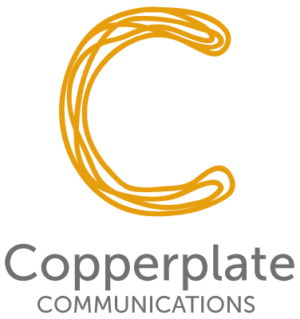Newsletters, Blogs and Duplicate Content
I’ve been working with a client recently to create content for her newsletter and blog. For efficiency, we planned to repurpose her blog content in the newsletter. In other words, the newsletter would include a couple of blog post headlines and short excerpts with “read more” tags to take readers back to her website.
But then my client raised the question of duplicate content. Considering that the newsletter blog excerpts would reside on the email newsletter software provider site (in this case, Constant Contact) and on her blog, would Google consider this duplicate content and penalize her for it?
It was a good question, so I investigated.
What Google Says About Duplicate Content
When it comes to questions about Google, it’s best to start with Google. Here’s what Google’s Webmaster Tools says about duplicate content:
Duplicate content generally refers to substantive blocks of content within or across domains that either completely match other content or are appreciably similar. Mostly, this is not deceptive in origin. Examples of non-malicious duplicate content could include:
- Discussion forums that can generate both regular and stripped-down pages targeted at mobile devices
- Store items shown or linked via multiple distinct URLs
- Printer-only versions of web pages
One of the main points here is “substantive blocks of content.” This suggests that Google isn’t concerned about duplicate phrases or even a few sentences. Their focus is on larger blocks of text, such as paragraphs or entire pages.
To further clarify, Google’s Matt Cutts elaborated on the topic:
Cutts states that about 25-30 percent of web content is duplicate content. If Google were to rank all of this duplicate content lower, it would be MORE difficult for people to find the information they want. Instead, what Google does is identify the duplicate content, group it together and then show only one of the pages in search results.
What Does That Means for “Repurposed” Newsletters?
If you’re repurposing blog posts for your newsletters, you can continue to do so. But you should take steps to make sure that Google will include the original blog post in search engine results and not the newsletter copy that resides on Constant Contract or other newsletter site. (After all, you want to drive traffic to your website, not your software provider’s website.) Based on my research, there are three strategies you can use:
1. Keep excerpts short
By keeping your excerpts short (i.e. a headline and a sentence or two) you circumvent the duplicate content issue entirely.
2. Use the canonical tag
Apparently, you can insert a canonical tag in your newsletter template to tell Google your preferred URL for the content. While this is the method that Google recommends, it goes beyond my area of expertise. Check with your website developer.
3. Block crawler access with a robots.txt file
While some commentators recommend this approach, Google doesn’t. I wouldn’t try it.
Ultimately, my client opted to have me create new content for her newsletter rather than repurposing her blog posts. And why not? After all, the more useful content you can provide to prospects and clients (with their permission, of course), the better.
